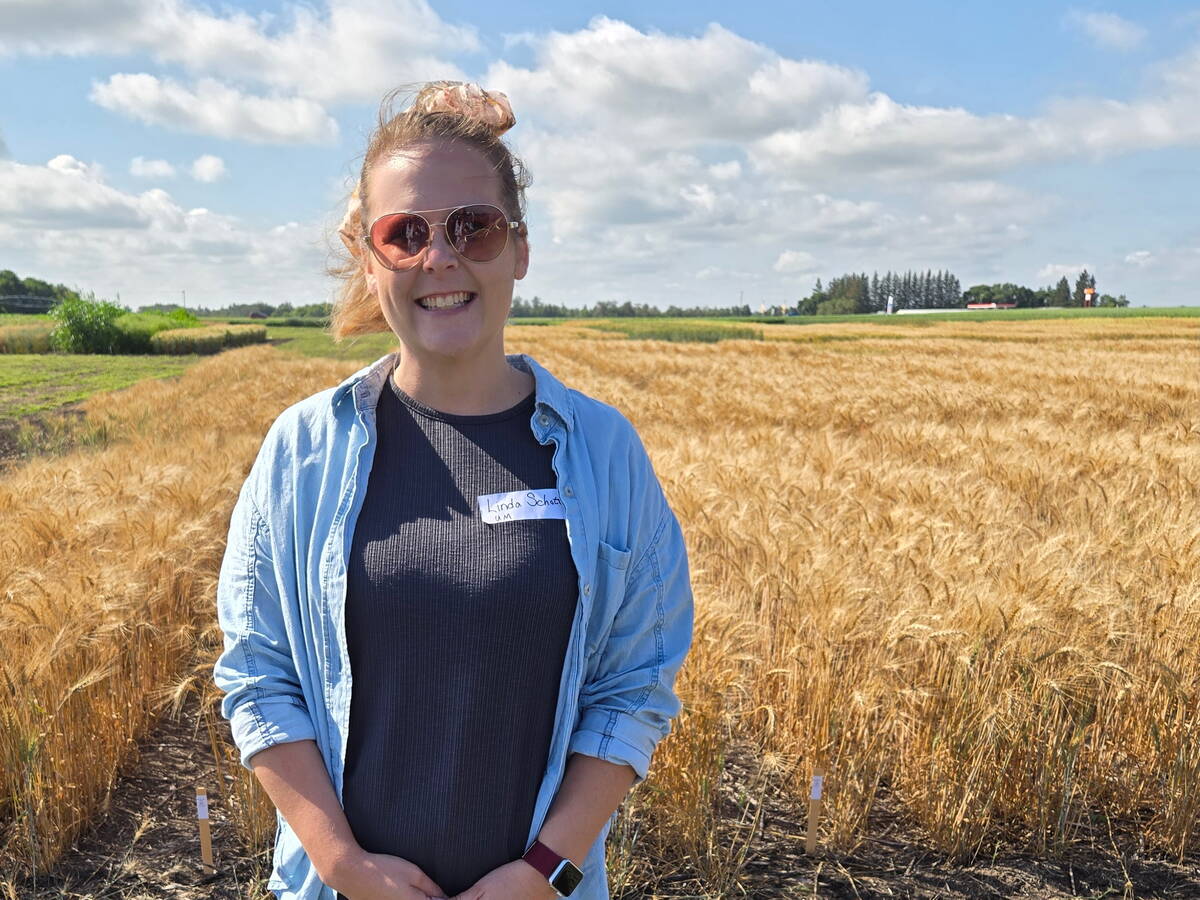This is the second in a series of stories exploring the trend toward mega-farms and what it means to agriculture By Karen Briere, Regina bureau
The transition of land ownership underway on the Prairies is unsettling to some.
Investor-owned tracts and family operations as big as 45,000 acres are not what people are used to calling farms.
But the new agricultural model is undeniably gaining ground, and there are still more questions than answers about how the mega-farm will change food production and rural life.
Roger Epp, political science professor at the University of Alberta, said the notion that farms since the homestead era were small, and should be, is wrong.
Read Also

University of Manitoba hires potato researcher
A new research chair position at the University of Manitoba will tackle sustainability in the potato industry.
Large ranches were widely accepted in the early days of agriculture, and in the early 20th century there were huge grain farms in both the Canadian and American west, including at least one in Montana that in 1910 comprised one million acres.
“From my reading, they didn’t produce more,” Epp said of those large entities.
“What they did was have better access to the banks and better access to the politicians, so they had a favourable financial and regulatory environment to work in. But it didn’t save them when grain prices crashed after World War One.”
He said the Soviets were most interested in the industrial farming model, and p rairie people often took pride in owning their land and believed they cared for it better than the workers at inefficient collective farms.
“Some version of that critique is, I think, what hangs around in the critique of large corporate farming enterprises,” he said.
Large grain farms are attractive from a farmer’s point of view because they can produce more bushels at lower costs and earn higher profits, said Rose Olfert, professor at the University of Saskatchewan’s Johnson-Shoyama Graduate School of Public Policy and agricultural economics.
“It’s not a conspiracy. It’s not a strategy,” she said. “That just seems to be the nature of the business.”
And farming is seen increasingly as a business as opposed to the way of life it once was.
Epp points to the 1969 federal task force that suggested there were too many farmers and two-thirds of them should go.
High grain prices during the 1970s nixed that, and another generation entered the business.
Times are good now, too, but with fewer people on farms, the next generation is, by default, smaller.
Cam Harder, professor of systematic theology at the Lutheran Theological Seminary in Saskatoon, has done significant academic work on rural issues.
He said people don’t necessarily have to fear larger farms, but how they operate can affect communities.
The management or owners of a mega-farm can choose to support local business or bypass it.
They can get involved in community activities, thereby ensuring that a school and a rink survive, or not.
Harder said rural population became the minority in Manitoba in 1971, followed by Alberta in 1976 and Saskatchewan in 1981.
He said it’s also incumbent on communities to look at the trend and decide what economic activity other than farming can help them survive.
“We’ve been a little quick to get rid of people,” he said.
“I think we should strongly support economic activities that are community sensitive and community integrated.”
Epp said more traditional communities are vulnerable within a changing economic climate.
Overall, serious questions have to be asked as the agricultural model changes to one that resembles a resource plantation focused on wealth extraction.
“What kind of countryside are we going to have?” he said.
“Who’s going to produce food under what conditions, and who’s going to care for the place?”














